Snakes in a Library! And Elephants
Author Alison Lloyd's Scroll through history #42
If you’ve had a long week, here’s a brain break — a few minutes of art and literature to refresh your day. Scroll down for some mighty fine books and their stories.
My city’s State Library is one of those grand Victorian buildings that is sure of its importance. Built with Gold Rush money, it’s a pillared bastion of culture. Inside is a treasure trove of stories — and surprises. The stunning reading room lets your thoughts soar. Closed-off staircases, twisty corridors, and quiet alcoves suggest hidden secrets…
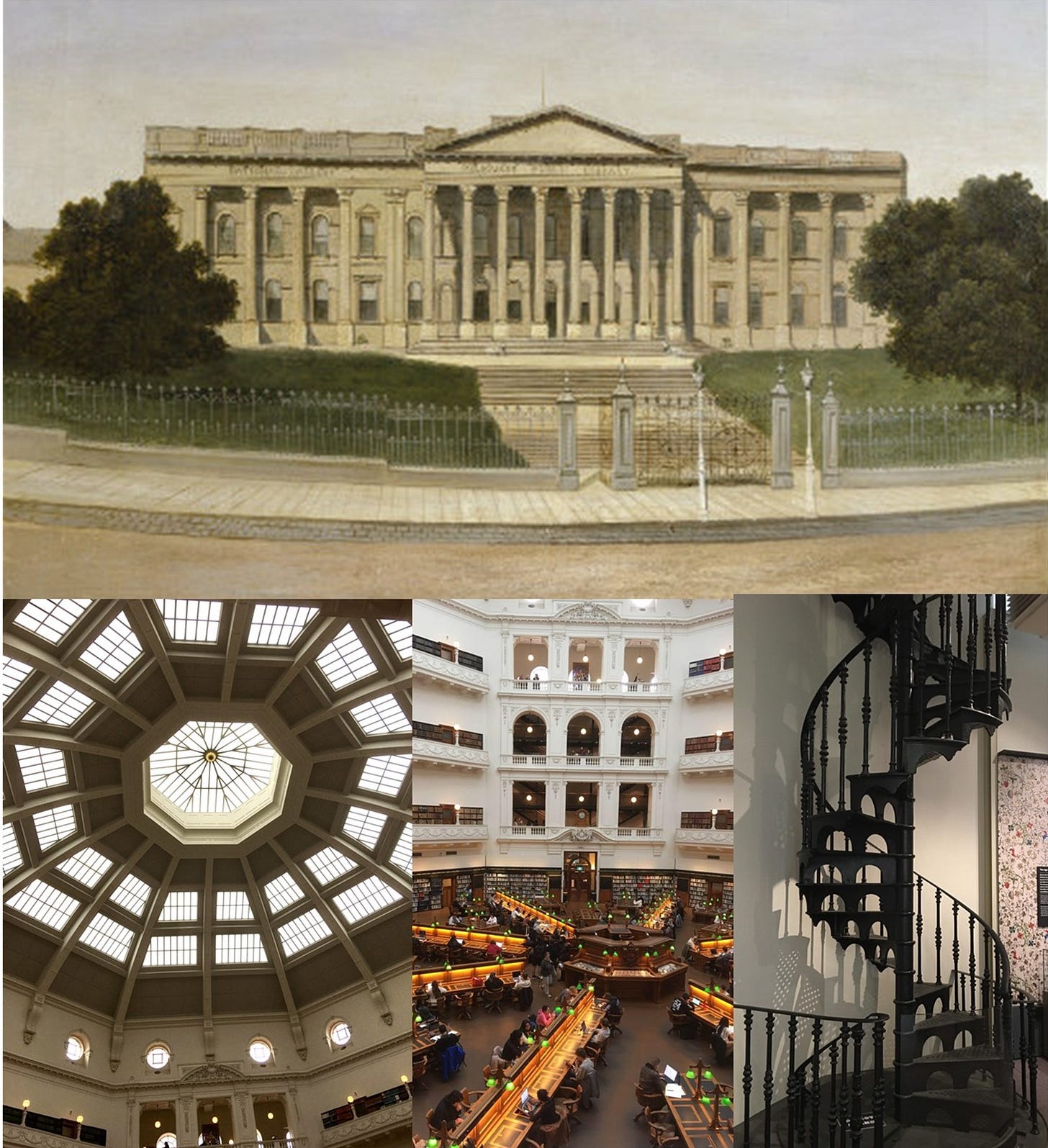
Libraries have atmosphere. Don’t you love them?
A Snake in the Library
For over a century the State Library of Victoria also housed our state Museum. One of the exhibits was a live python, housed in a glass case. In 1956, a vandal broke into the Library building, smashed skylights, scattered 8,000 index cards over the floor — and set the python free.
Authorities weren’t optimistic about catching the snake, ‘because there is plenty of room to hide in the Museum storerooms and workshops’. An understatement. But they reassured the public that the python was well-fed! The Library stayed open, with the snake at large.
The Library now claims that the whereabouts of the snake remain unknown. But I’ve discovered otherwise. Using the resources of another library (National Library this time), I found the python. Here it is:
And elephants?
Was there ever an elephant on the loose in the library? No. Not a live one. But there is a staff-only lift which is known as the elephant lift, because it’s big enough that it might once have ferried taxidermied elephants for the Museum. (A taxidermy taxi, so to speak).
The Library still houses another species of elephant. ‘Double elephant’ was the largest size of paper available to bookbinders in the nineteenth century. The pages are up to a massive 50 inches or 1.3 metres tall. It takes two librarians to turn them safely. Double elephant folios are rare, and rather magnificent.
This is a volume of The Birds of America, published 1827-38, by John James Audubon. I took the picture of the State Library’s display, hence the unattractive reflections in the glass, but at least the three ghost frames at the top give you an idea of the book’s scale.
How NOT to succeed in Business…
Audubon was the son of a French nobleman, who owned slaves and a plantation in Haiti. But John James Audubon was illegitimate, so he had to make his own living. “I tried various branches of commerce,” he wrote, “but they all proved unprofitable”. He admits this was “doubtless” because he was obsessed with birds. On supply trips, for example, he had a habit of letting his packhorses and the valuables they carried wander off, while he drew sketches. “My whole mind was ever filled with my passion…I could not bear to give the attention required by my business… and, therefore, my business abandoned me.”
At the time, colonial era scientists were in a rush to define and conquer.
‘Every student of Natural History presses forward to describe an object of his discovery… There seems to be a pride, a glory in doing this, that thrusts aside every other consideration.’
James Audubon, Ornithological Biography, vol i, p. xvii
Nineteenth century libraries and museums were an important part of scientific enterprise. So eventually, after having 200 sketches eaten by rats in 1812, and going bankrupt in 1819, Audubon hit on the idea of publishing. For five years he travelled around the Americas, drawing birds. To make ends meet, he taught fencing, drawing, dancing and French on the side, while his wife worked as a governess.
…But Make it Big with a Book
The US publishing establishment wasn’t interested in his book proposal. Audubon was too eccentric for them. He took his sketches to England, where his ‘frontiersman’ passion surprisingly went down a treat, and won him backers.
Audubon wanted the birds to appear life-size, hence the choice of double elephant folios.
‘They will be brought up and finished in such superb style as to Eclipse all of the Kind in Existence… The Little Drawings in the center of these beautiful Large Sheets have a fine effect and an air of Richness & wealth.’
Letter to his wife, Lucy, December 18261
It seems Audubon was a bit of a showman. Modern research has accused him of submitting to scientific journals work that was based on imagination, rather than research.2
Nevertheless, Audubon had a wonder and respect for the natural world. He criticised another ornithologist for ‘encumber[ing] the Whole of God’s Creation with Stuff as little like the objects of the Creator’s formations as the Moon is unto Cheese.’
Personally, I don’t think ‘superb style’ is overselling his book. Each of the double elephant folios was a time-consuming piece of art. To become a book, the sketches were first turned into engravings. Then the images were first printed in black and white, before being water-coloured by hand. Look at the soft sheen on the crane’s feathers, and the misty depths of ‘the Floridas’, the contrasts of light and deep shadow. The Birds of America, aren’t only scientific, they’re art.
The State Library exhibition doesn’t tell us this, but I found out that the Birds Of America engraver, ‘Robert Havell’, seems to have been not one person, but two — a father and son partnership. Robert Havell Senior ran a ‘Zoological Gallery’ in London. He also offered board and employment to a team of young women, who water-coloured the prints.3 Why young women, I wonder? Maybe their labour was cheaper. Or they were better at the painstaking work. Anyway, all credit to them for their artistry.
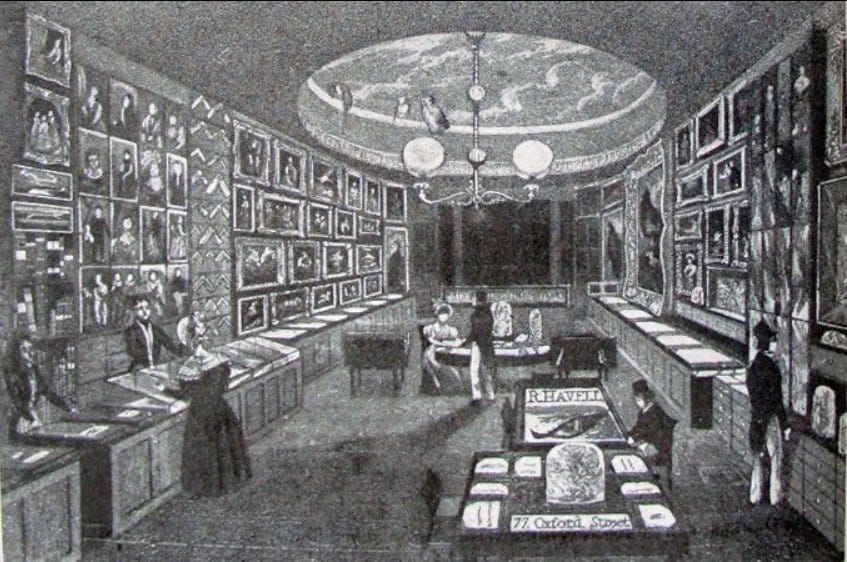
Books are Better when they’re Beautiful
The State Library has many gorgeous tomes on display. For the creators of these books, it wasn’t enough to make them functional, they had to be delightful as well. That’s why I’m sharing them with you.
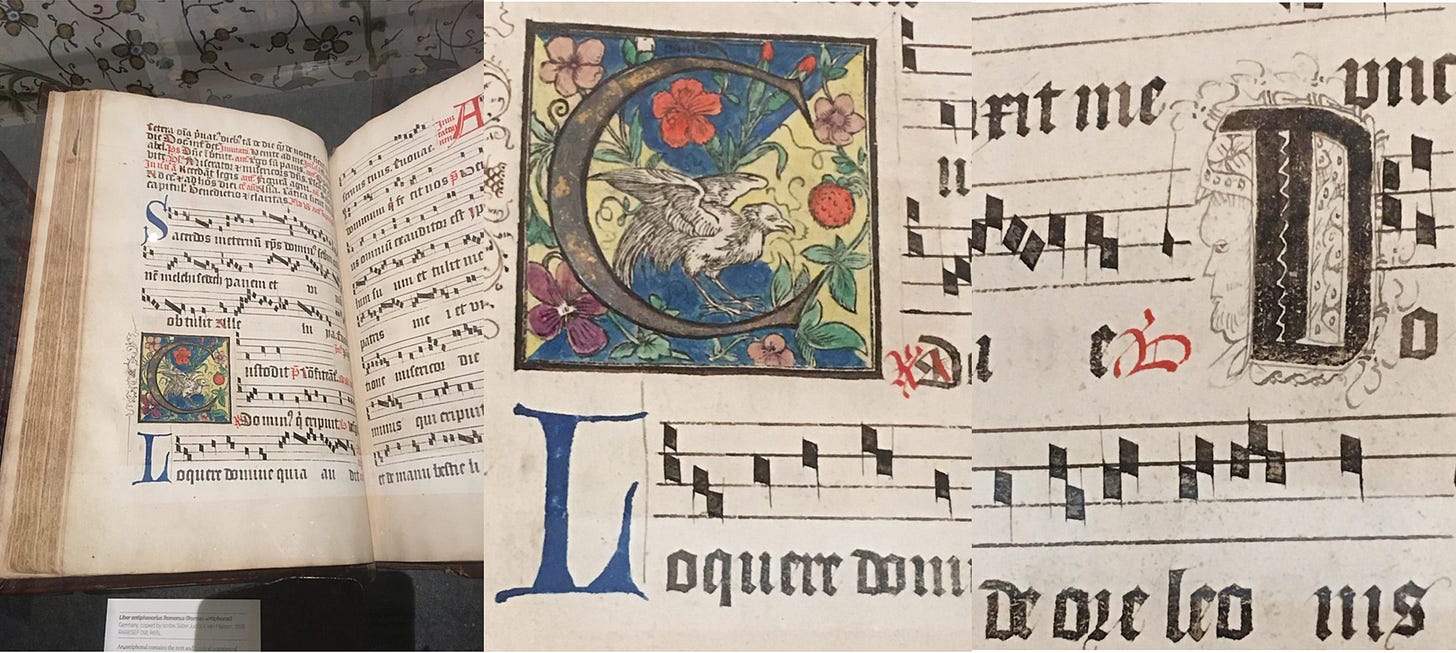
As an author, I’ve noticed something interesting: it’s not my cheapest books that sell most. It’s the high-quality hardbacks with the ribbon bookmarks, the bright interior colour and drawings, that are most popular.

There’s more to life than facts and function. Beauty is food for our souls. I think, as Audubon intimates, it points us toward the ultimate source of life and goodness.
God has made everything beautiful in its time.
Book of Ecclesiastes 3:11
You may not agree on the last point. But you can still spend some time in a beautiful book. At least pause a moment on these pictures :)
No fiction this month, but maybe in July. Tell me about your most beautiful book in the comments or via return email.
Best bookish wishes,
Alison L.
https://www.sothebys.com/en/articles/john-james-audubon-the-double-elephant-folio
https://en.wikipedia.org/wiki/John_James_Audubon. See the footnotes in ‘Dispute over Accuracy’.
https://www.princeton.edu/~graphicarts/2012/06/havells_birds_of_paradise.html

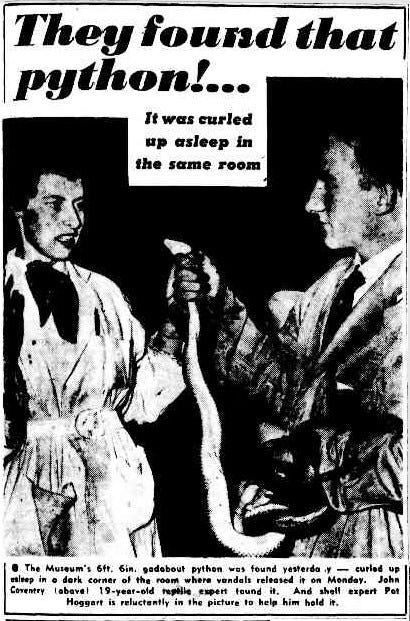
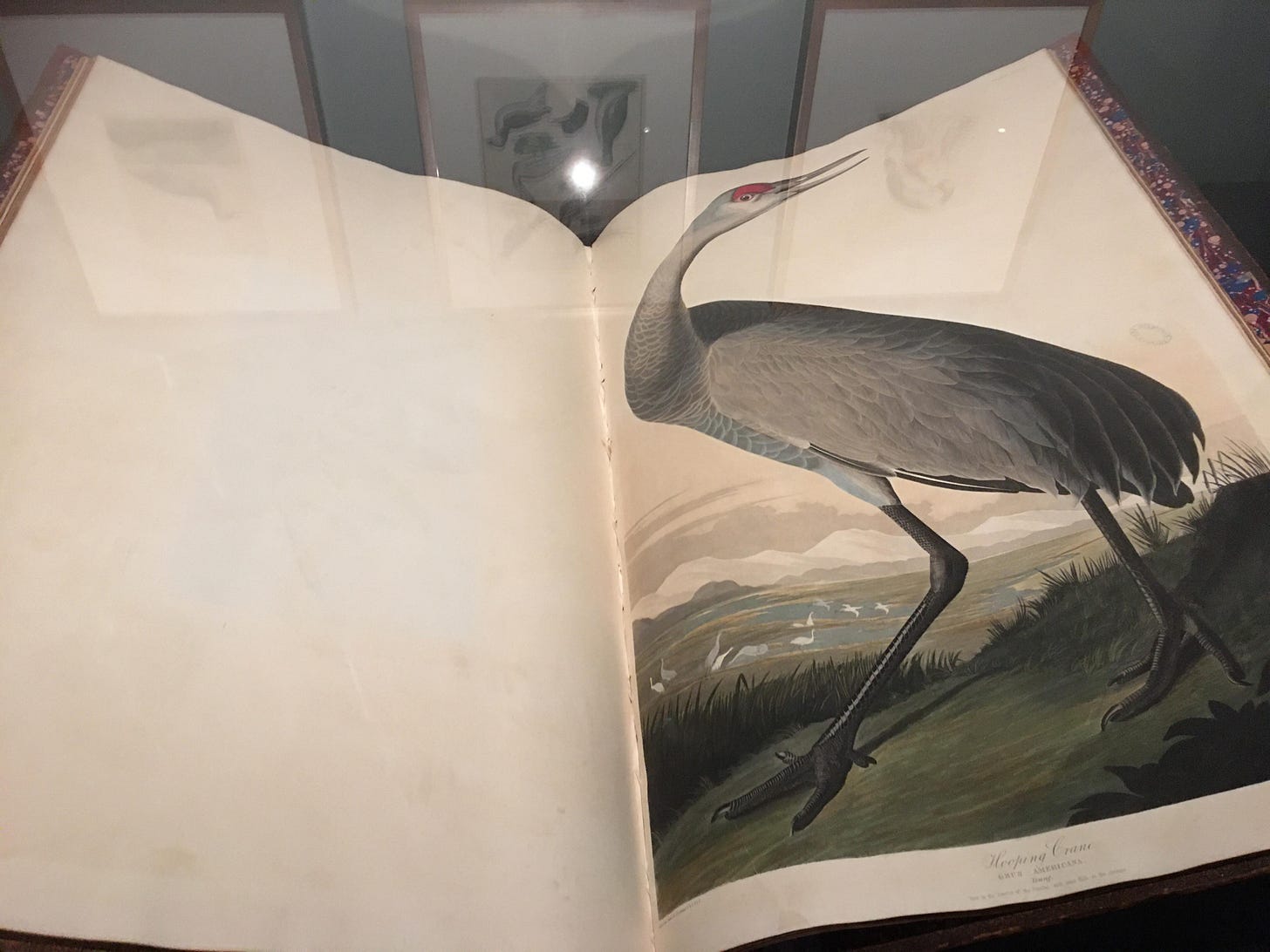

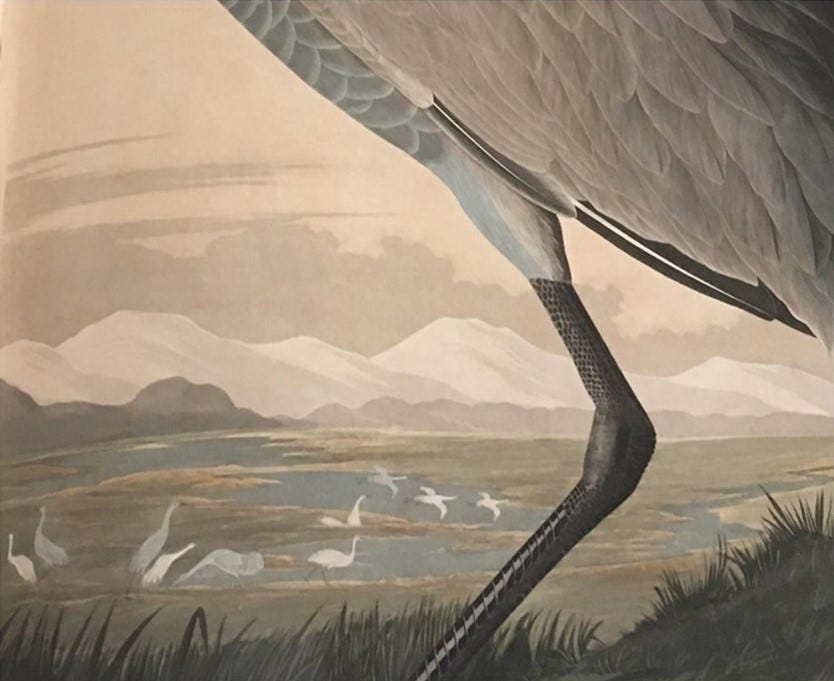

Well Alison, you inspired me to hunt through my beautiful books. The most beautiful IS Audubon,s Birds of America, I don’t seem to have a similar one by Gould as that would take line honours. Another beautiful book I have is a photographic study of Nepal. Also A photographic study of the Birds of Columbia is full of wonderful hummingbirds.
A very interesting Scroll this month, our State Library is a fantastic asset to Melbourne.
Elizabeth
Now I have to come back to Melbourne to see your library. I'm a huge fan of illustrated books, my favorite being my facsimile Kelmscott Chaucer, and on the less highbrow end love my Posy Simmonds graphic novels.